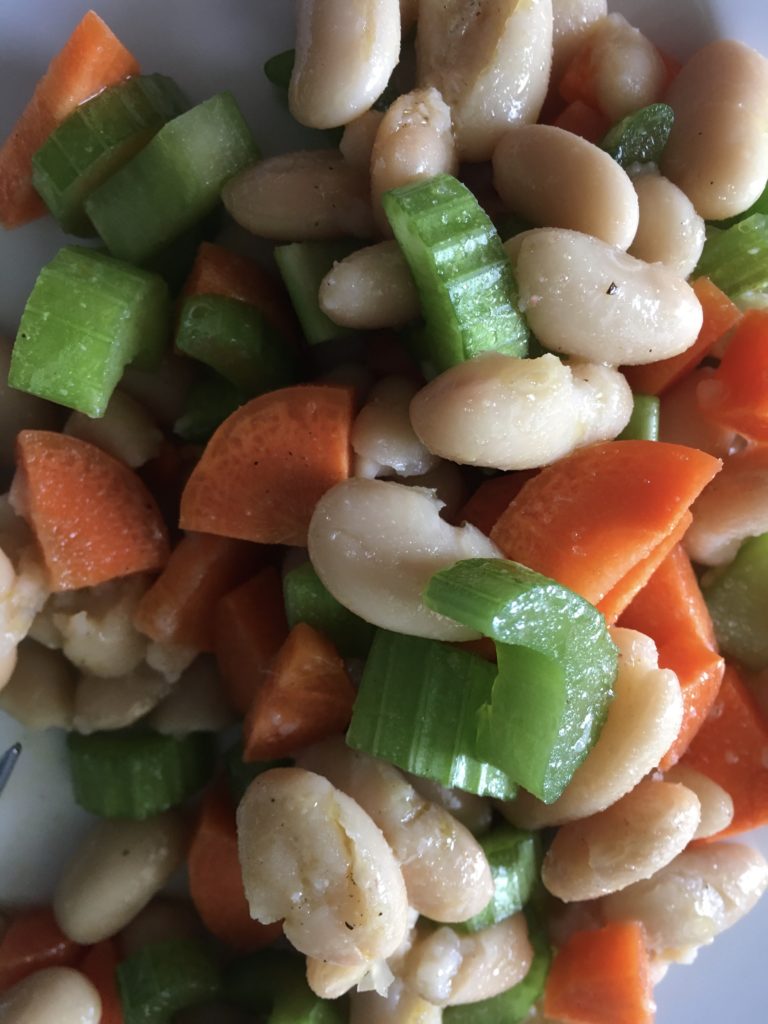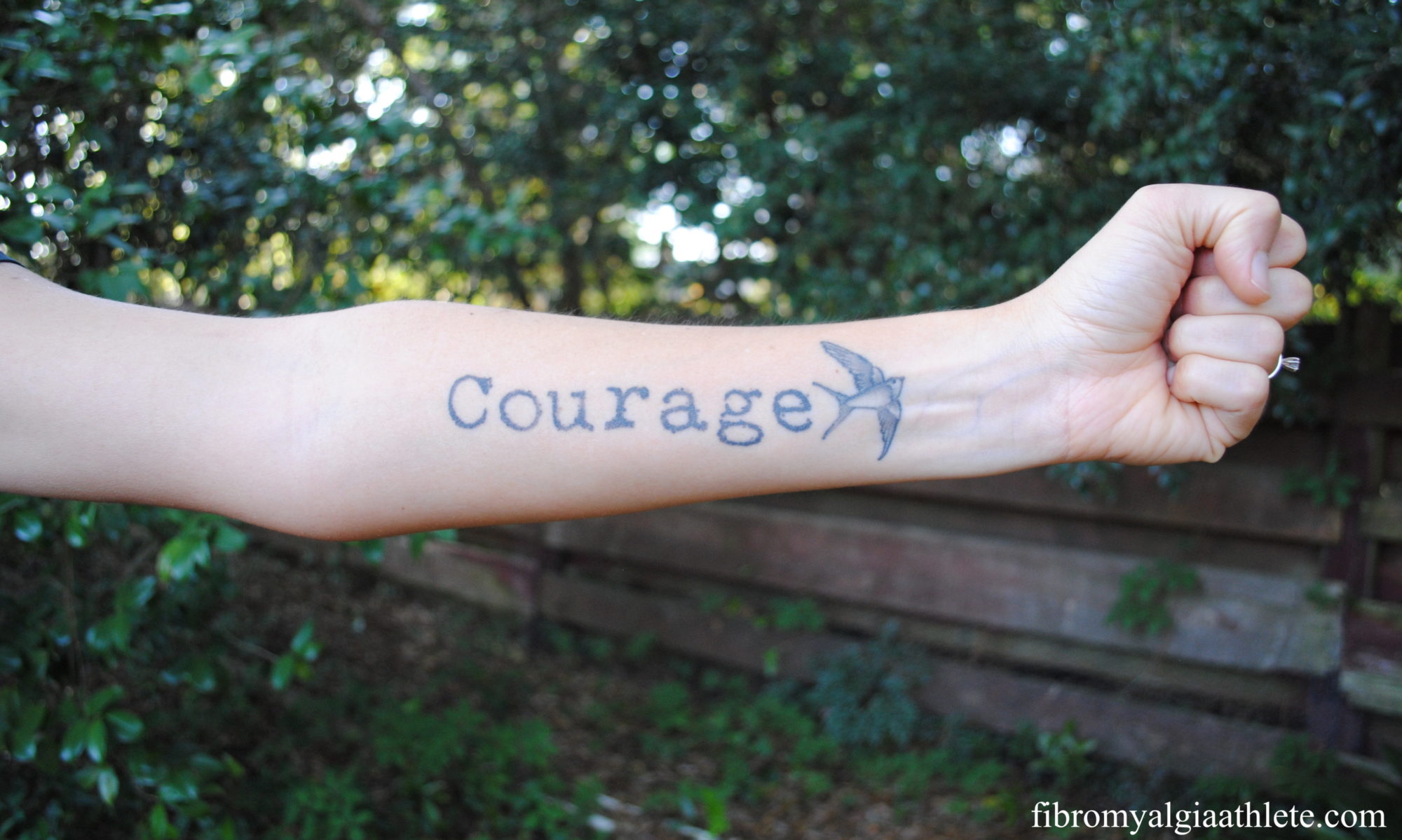
Grocery shopping used to be a relatively enjoyable task, at least for me. I was social distancing way before it was a government order. Shopping at our local co-op was one of the few outings I allowed myself. I would spend half an hour or so looking over the organic produce, frozen vegetables, and prepared foods, hoping something I needed was on sale or at least offered at a decent price. After the spread of COVID-19, grocery shopping became a robotic task filled with fear and angst. By my third trip to the co-op (I’m going only once every 7-9 days), I finally got a system down that helps ease some of the anxiety I feel as an immune-compromised shopper.
An old-fashioned paper list is my new best friend. I was using Google Keep on my phone for grocery lists, but not now. I use scrap paper from the piles of junk mail we get and divide my list into sections. Produce, meat, bulk, frozen, canned, and refrigerated are my usual subheadings. Each subheading has its own corresponding list, which helps me get in and out of the store as quickly as possible. No more dawdling and no more browsing, but it’s worth it for a little peace of mind.
Sacrifices for the Sake of the Budget
I normally get my groceries from the co-op and a big-box store. I almost exclusively eat organic food (yes, my grocery bill is super high, but I also literally never go to restuarants or drink alcohol, so it evens out). The co-op often prices the exact same food– same brand, same date, etc.– much higher than the chain store, and while I like to support local, I don’t have unlimited funds to do so.
Now, though, I can’t take the risk of hitting the chain, so I reconfigured my idea of staple foods to my my co-op experience as affordable as possible while still buying things that won’t make my health decline. Potatoes and strawberries are my main sacrifices right now. I simply cannot afford to pay $8 for a small box of organic strawberries that I normally pay much less for at the chain. Same with potatoes. They’re a rare treat now.
Evolution of the Shopping Experience
When all the coronavirus panic began, I wasn’t sure what to do or what to buy. I didn’t want to be a hoarder, but I also didn’t want to have to make unnecessary trips to the store. On my first trip to the co-op, I bought a lot of frozen organic vegetables and canned tuna. On my second trip a week later, I relaxed my concerns a little and focused more on fresh foods, especially those that could be cooked rather than eaten raw. I went for a mixture of sturdier items like carrots and more quick-perish items like chard. The co-op, like all stores, has its share of empty shelves. With a little improvisation, I mostly got what I needed. By my third trip, I really got the system down.
My Routine
I only go shopping on a weekday morning, but not immediately after the store opens when I suspect there’s a crush of people vying for soap and toilet paper. I go about an hour after the place opens. First and foremost, I make sure I don’t forget my paper list. Next, I take off my wedding ring and watch and leave them safely at home. Then I take my license and credit card out of my wallet and zip them into the waistband pocket of my shorts. I get a paper mask– we still have a few from pre-virus yardwork– and a small bottle of hand sanitizer. Then I try to enjoy the simple act of driving and listening to music. Admittedly, I’m not finding the trip very enjoyable these days.
Once I’m at the store, I park next to a cart return corral as far from the store as possible. Usually no one else parks out there, which adds a little reassurance to my routine. I drive a pickup truck with a camper shell over the bed, and I open the shell and the tailgate before going inside. A tiny bottle of hand sanitizer sits in a corner of the truckbed for when I return with groceries. I zip my key into the pocket with my license and credit card.
The mask goes on when I’m about twenty feet from the entrance to the store and take one last breath of unfiltered fresh air to calm myself down before donning the mask. I remind myself that I’ll see people on every part of the spectrum, from terrified to arrogant, and that their actions have nothing to do with me. Then I grab a cart and sanitize it with the spray that the store provides. Finally, I start shopping from my list.
My List
Nowadays, I’m buying much less frozen and canned food than I was when all this started. I’m still hesitant to buy anything prepared, like my beloved kale salad, but maybe I’ll get back to that one day. Some fresh standbys include: bananas; carrots; onions; lemons; apples; and cabbage. All of those things have relatively long shelf life for organic fresh produce.
Canned standbys include: tuna; salmon; garbanzo beans; and kidney beans. I grab soy milk from the fridge for my wife and Nutpods coffee creamer for me. I get whatever nuts are on sale from the bulk bins– last week it was pecans!– plus split peas and lentils and oatmeal. I buy frozen fruit if it’s on sale. Lately it hasn’t been. I choose whatever is a decent price from the butcher, which nowadays is a mystery until I see what’s in stock. I try to buy things that will go together to make good meals but it doesn’t always work. We’ve definitely eaten some weird but nutritious combinations lately.
Once I pay– the checkout process is always the most tense, since that’s where I encounter the most people and have to use the communal credit card machine– I sanitize my hands before leaving. Then I wheel the car to my truck and put the bags in open bed. I return the cart to the corral next to my parking spot, then sanitize my hands with the sanitizer I leave in the truckbed. I lean over the passenger floorboard of my truck, pop the earpieces loose from my mask and let it fall to the floor, sanitize my hands again. Then I try to relax for the ride home.
Home Sanitizing Station
Once I’m home, there’s one last round of sanitizing before I can chill. This is the reality of social distancing grocery shopping. It doesn’t really end when the social contact ends, because the germs don’t just evaporate. We sanitize everything with either disinfectant spray and wipes or with soap and water. (Yes, I wash our bananas in soap and water.) I strip under the carport and drop my clothes in our washing machine, and then I take a shower while my wife puts away the groceries. Honestly, it’s a draining process, but I think I’d feel a lot worse if I didn’t do my utmost to protect myself, my family, and our community. I’d rather be safe than sorry.

